Remember when you could pop open a phone, swap the battery, and keep going? Fairphone remembers. Their latest release, the Fairphone 6, feels like a nostalgic nod to sanity, with plenty of modern upgrades.
This is a phone that puts people and planet before profits. Sure, it doesn’t have the camera chops to take on a flagship, and USB-2 feels a bit retro in 2025, but what it lacks in bragging rights, it makes up for in staying power.
Designed to Be Fixed, Not Forgotten
With the release of Fairphone 6, also called “The Fairphone (Gen. 6),” the team has produced not only step-by-step written repair guides but also video guides for the most often-replaced components. If you’re replacing a battery, display, top unit, cameras, earpieces, loudspeaker, or USB-C port, Fairphone’s own video instructions have your back.
Getting inside the Fairphone 6 is delightfully simple. Two T5 Torx screws pop out, and the back cover slides off. Inside, the battery is held in place by four screws and a single flex cable. No glue here. Just unscrew, disconnect, and swap. It’s such a refreshing contrast to the prying, heating, and praying needed for most modern phones.
Removing the battery is a little more complicated than the same procedure in earlier Fairphone models, which let you swap a battery with no tool beyond your own thumbnail. Fairphone representatives reportedly told a customer at a launch event that they’d moved toward a soft-pouch instead of hard-cell battery to be able to make the phone thinner, which required moving toward screws to keep it in place. We really loved the tool-free battery replacement, but even with a few screws, you can still swap this battery in under 5 minutes. Their real-time repair video shows a battery replacement from shut-down to reboot in almost exactly 2 minutes.
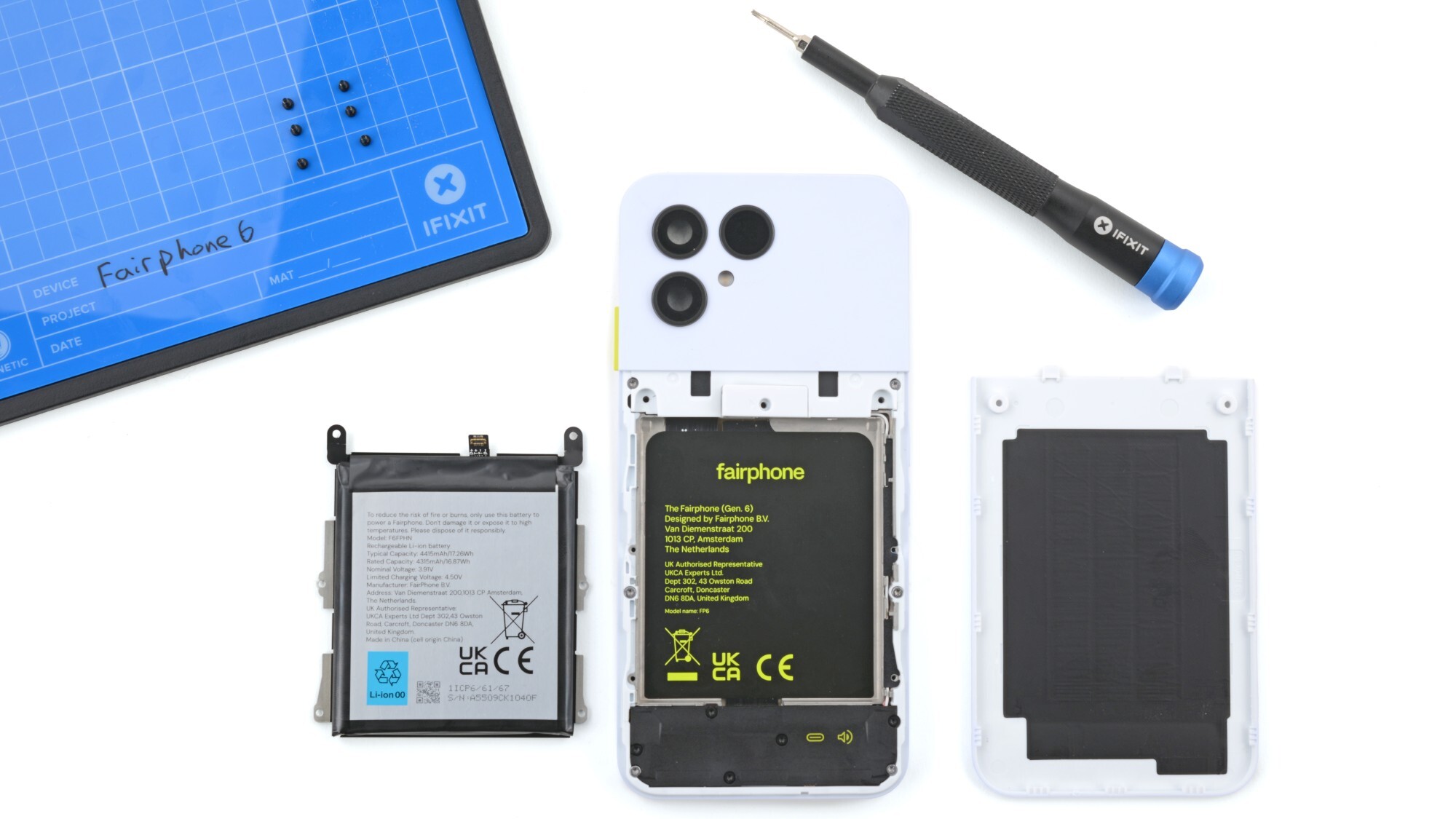
That battery clocks in at 17.26 watt-hours. It’s glued to a thin metal strip that keeps it protected without adding much weight, a design that’s sturdy, simple, and resource-efficient.
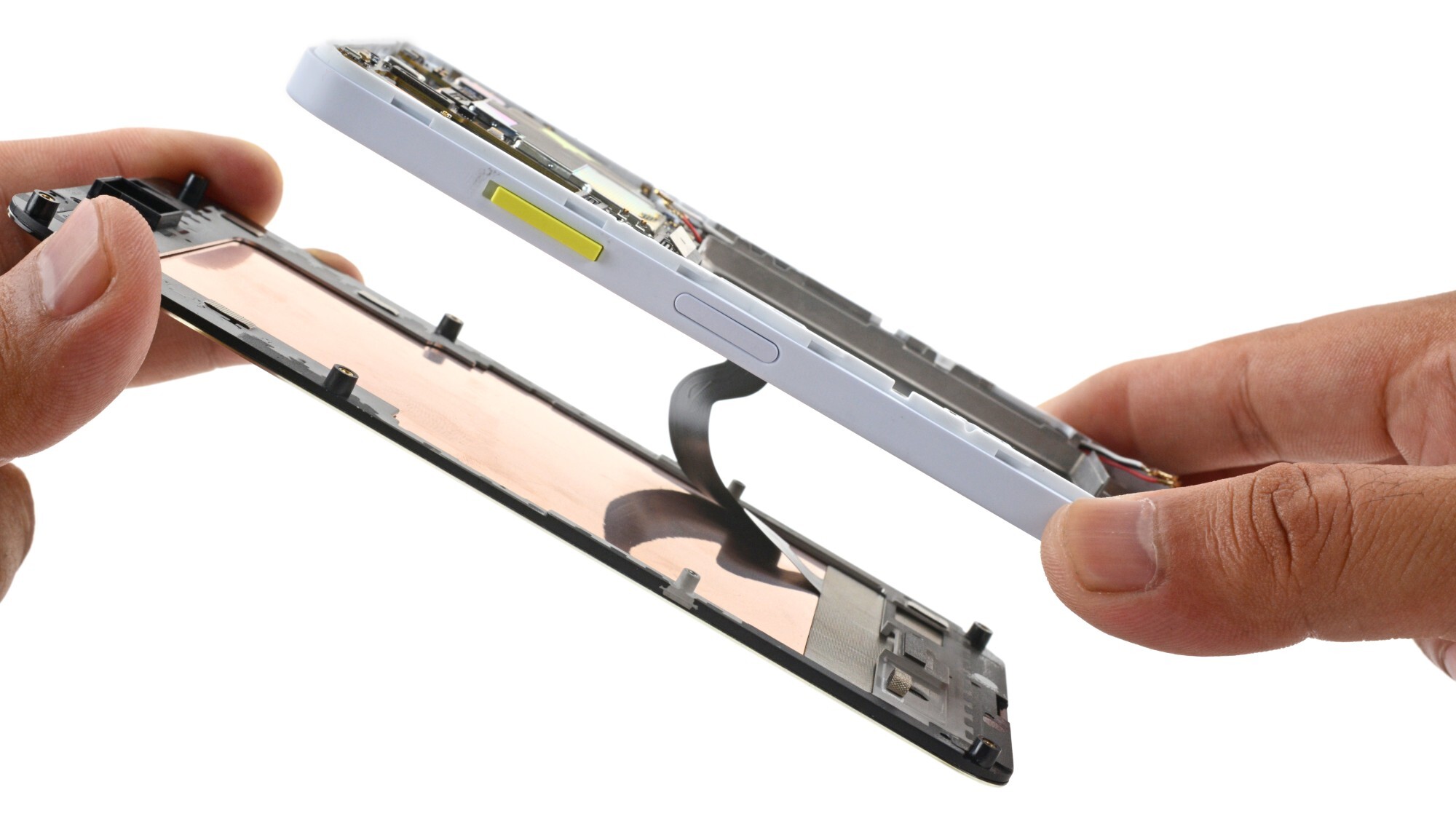
A Screen Swap You Won’t Dread
Screen replacements are usually an ordeal, but Fairphone clearly wants to keep your stress levels low. The Fairphone 6’s display is secured by eight silver screws, and removing them frees the 6.31-inch LTPO OLED panel. This screen may be slightly smaller than the Fairphone 5’s, but it’s almost twice as bright and features an adaptive refresh rate from 10 to 120 Hz for always-on functionality with minimal power drain.
And because there’s no glue sealing the screen down, your repair will be mess-free. That’s a rare sentence in the world of smartphone teardowns.
The lack of glue does account for the Fairphone 6’s IP 55 rating, which is lower than the flagships (both the iPhone 16 and the Galaxy S25 have an IP68 rating). But to be clear, IP55 still means the phone has pretty strong protection against dust and water jets. And you shouldn’t go swimming even with phones that have higher IP ratings, especially as they get older, as the ingress protection of seals and gaskets gets worse over time. Glue-free design with a higher ingress rating is possible, other phones have proven, so there’s room for Fairphone to grow here.
Modular Ports and Accessible Cameras
On the Fairphone 6, easy-to-replace components are more than screen-deep.
Underneath the speaker assembly sits the highly modular USB-C port. Ever dropped your phone while charging and bent the port? A bent power port is part of the iFixit origin story, so we know just how valuable an easy charge port swap can be.
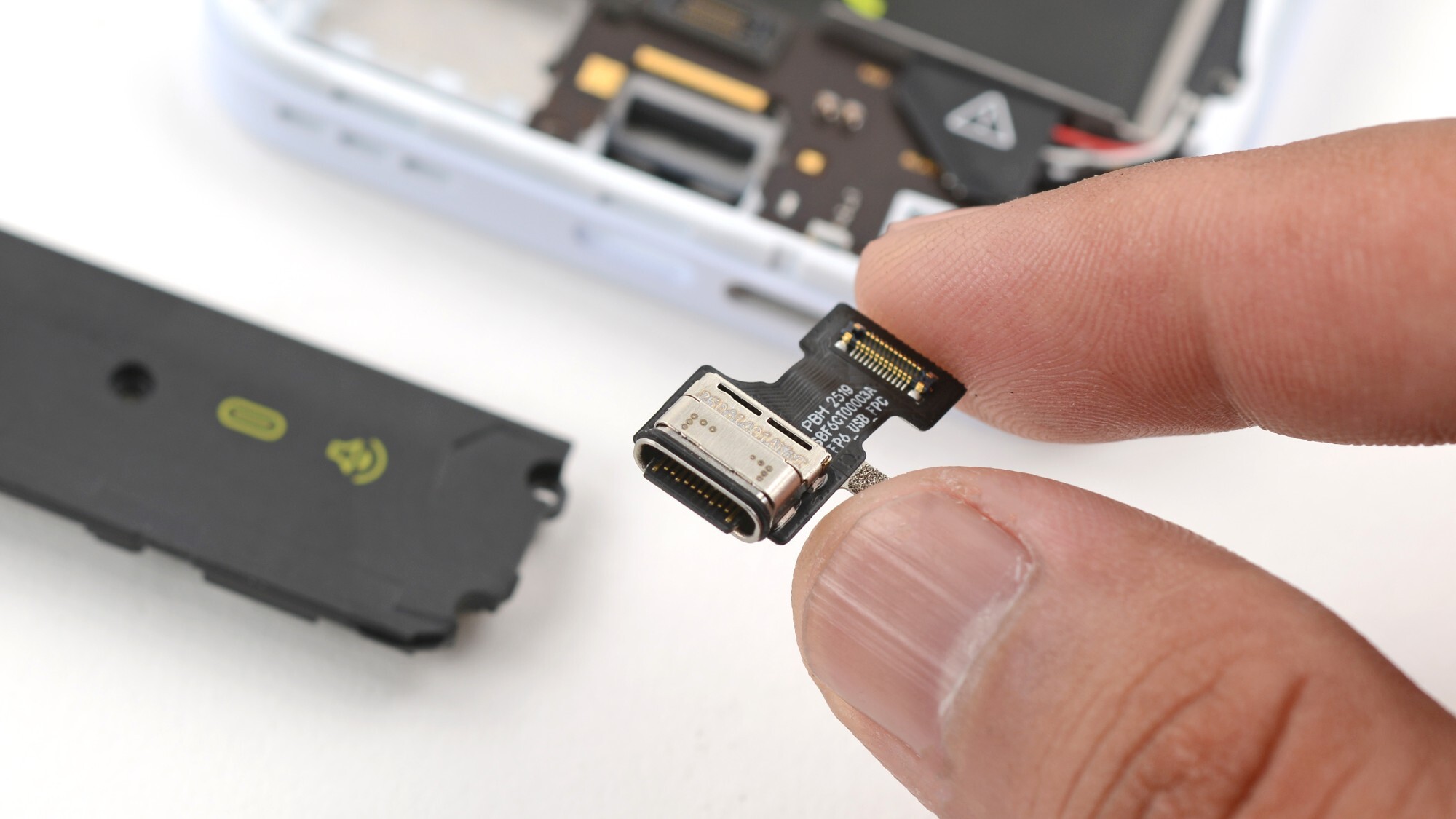
The cameras are equally straightforward. The front-facing and twin rear cameras are right there once you pop off their protective cover. Disconnecting the earpiece speaker, ultrawide camera, 50MP main camera, and interconnect cables is simple work with the right tools and a steady hand. Better yet, the rear cameras are individually replaceable. You don’t have to swap out the whole unit to fix a camera lens that’s cracked or fogged.
That third camera bump you see on the back isn’t a camera at all, by the way. It’s a time of flight sensor, and it needs its own little window to the world to do its job properly.
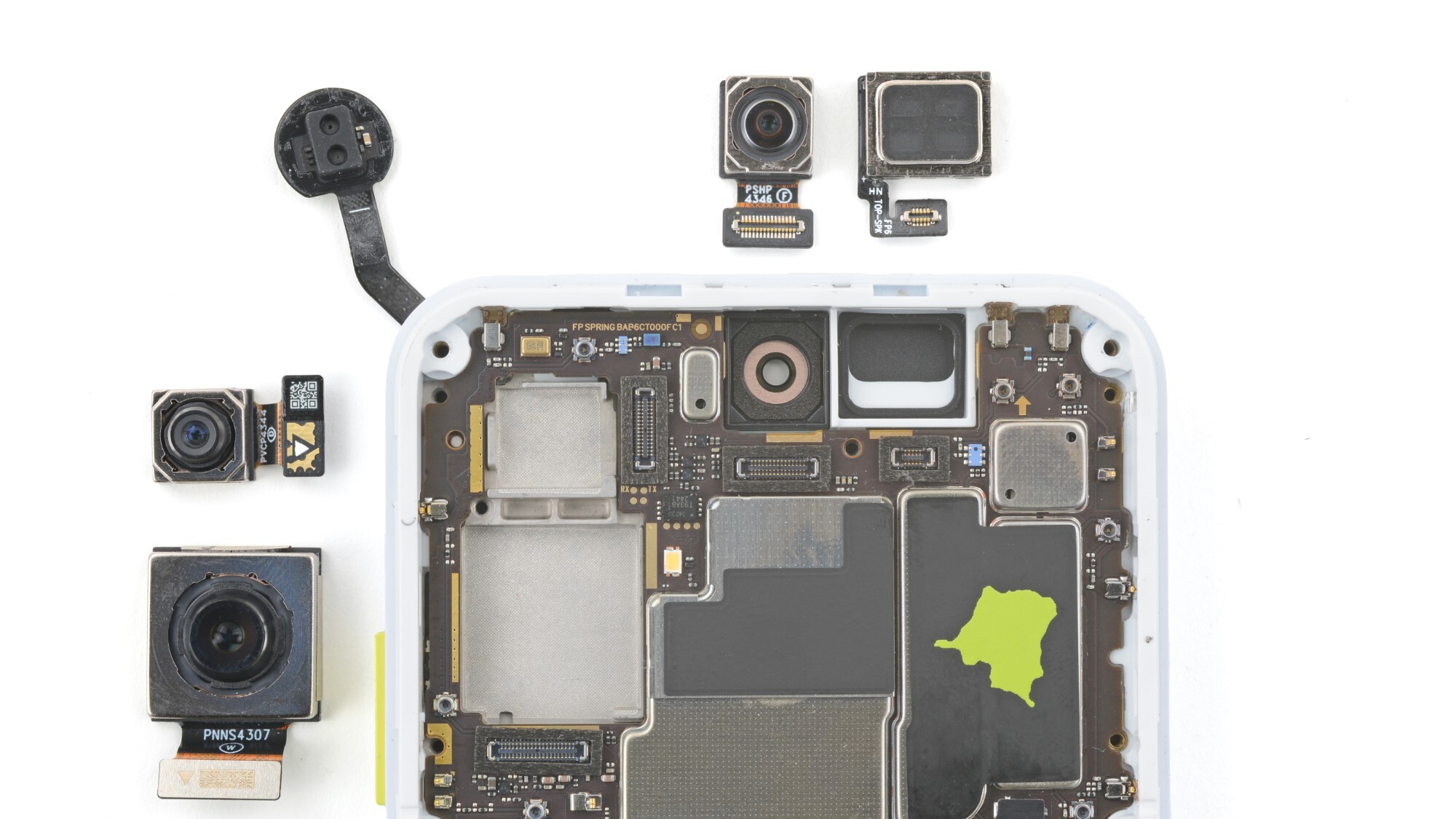
Pogo Pins and Other Thoughtful Choices
The mainboard isn’t technically a user-serviceable component, according to Fairphone. Little warning labels warn you that this is a trickier repair.
Realistically, most users probably won’t ever need to remove a mainboard, since it’s not subject to wear and tear in the way screens, batteries, and buttons are. And when Fairphone asked the Fraunhofer Institute to calculate how many days of added use it would take to “pay off” the emissions of a spare part, the mainboard fared worst: Cameras and speakers pay off in just 18 days, a display in 33 days, a battery in 55 days. But it takes 719 days to pay off a Fairphone 4 mainboard. So it makes sense that they haven’t prioritized mainboard replacements.
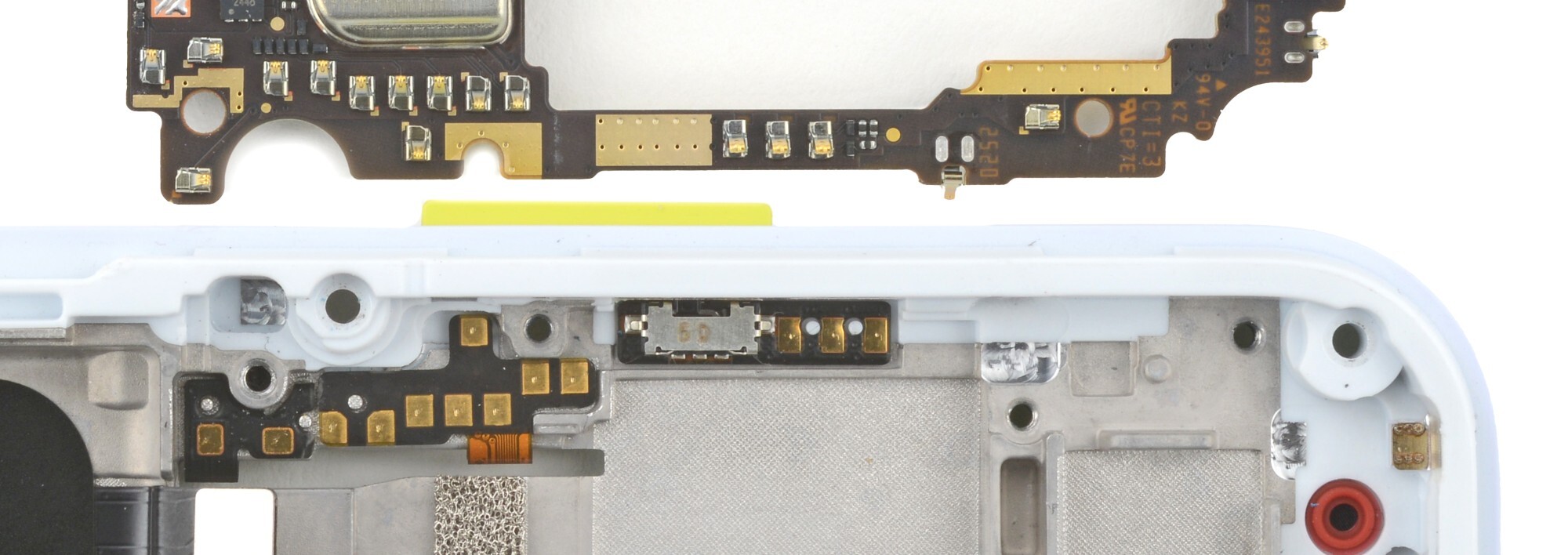
But even still, they’ve made efforts to make the mainboard repair remarkably easy, with some smart engineering choices: they’ve used a higher-than-average number of pogo pins instead of extra connectors and screws. That keeps the design simpler and reduces potential failure points. The one downside is that the contact pads are glued down, which combined with delicate ribbon cables and small mechanisms might make a power button repair a little fiddly, but it’s a small compromise in an otherwise stellar design. And it’s really our only critique.
Repairability That Speaks for Itself
Once everything was laid out on the table, reassembly was a breeze. The Fairphone 6 snapped back together without fuss and powered on as if nothing had happened. Then we did it four more times. That’s the mark of a truly repairable device.
With an easy battery swap, accessible display, modular USB-C port, and replaceable cameras, the Fairphone 6 sets a gold standard for what a phone should be: ethical, practical, and built to last.
The Fraunhofer Institute calculated that keeping a Fairphone for five years instead of three cuts its annual carbon footprint by around a third. Fairphone is backing that up with software and parts support promised until 2033, and a five-year warranty. Plus, their loyalty program rewards you for every year you keep your phone and every repair you make.
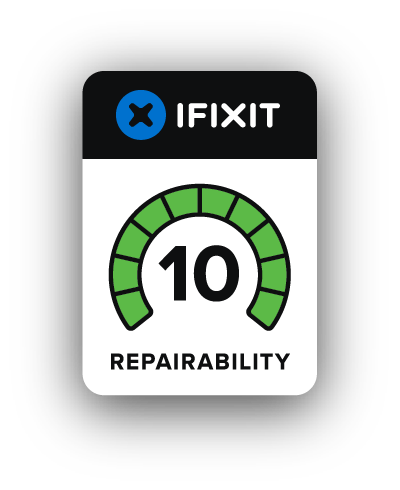
In a world full of glued-together gadgets designed for obsolescence, the Fairphone 6 earns a well-deserved 10 out of 10 on our repairability scale. It’s a phone that’s made to outlast the hype cycle—and that’s something worth applauding.
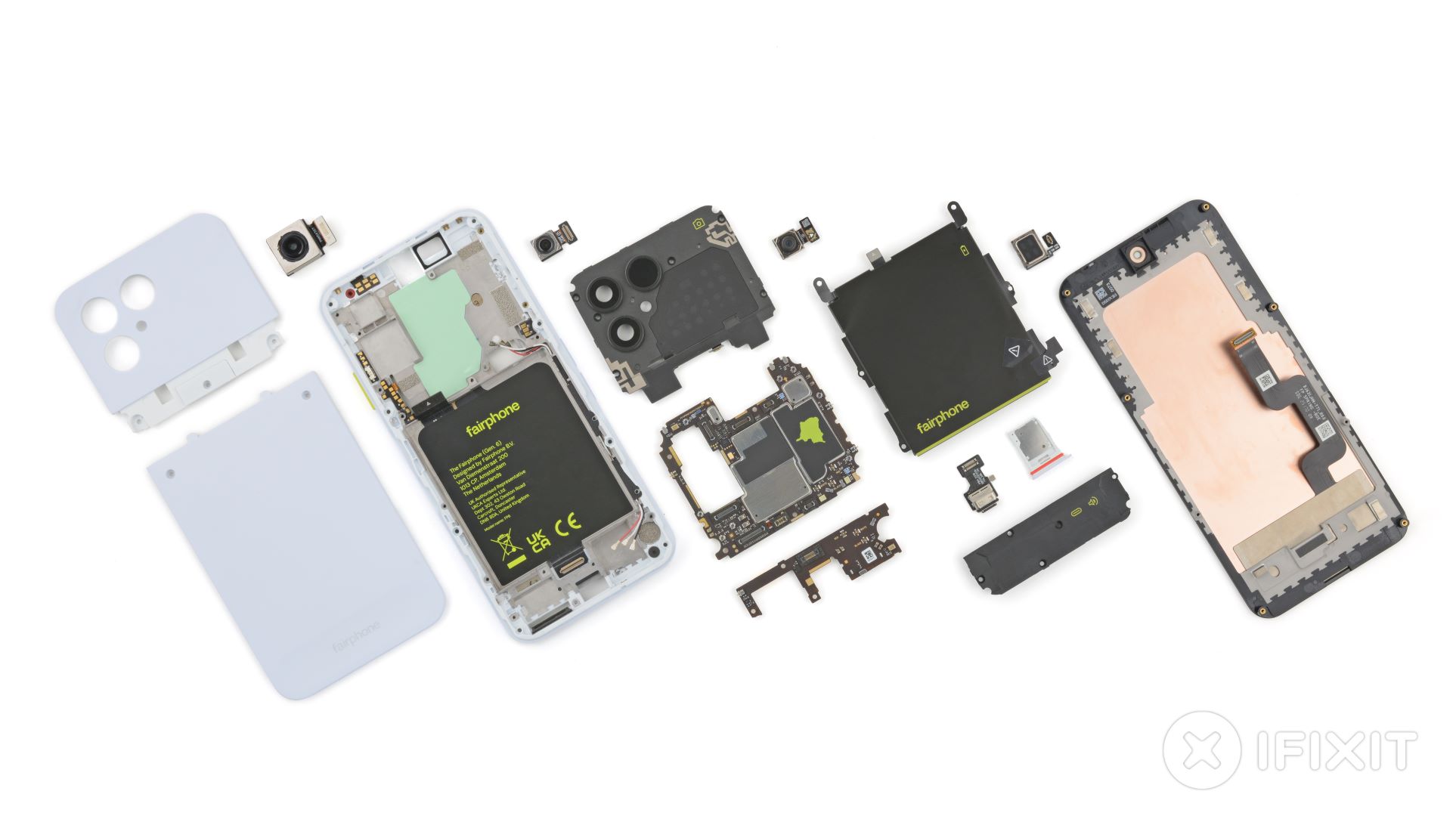
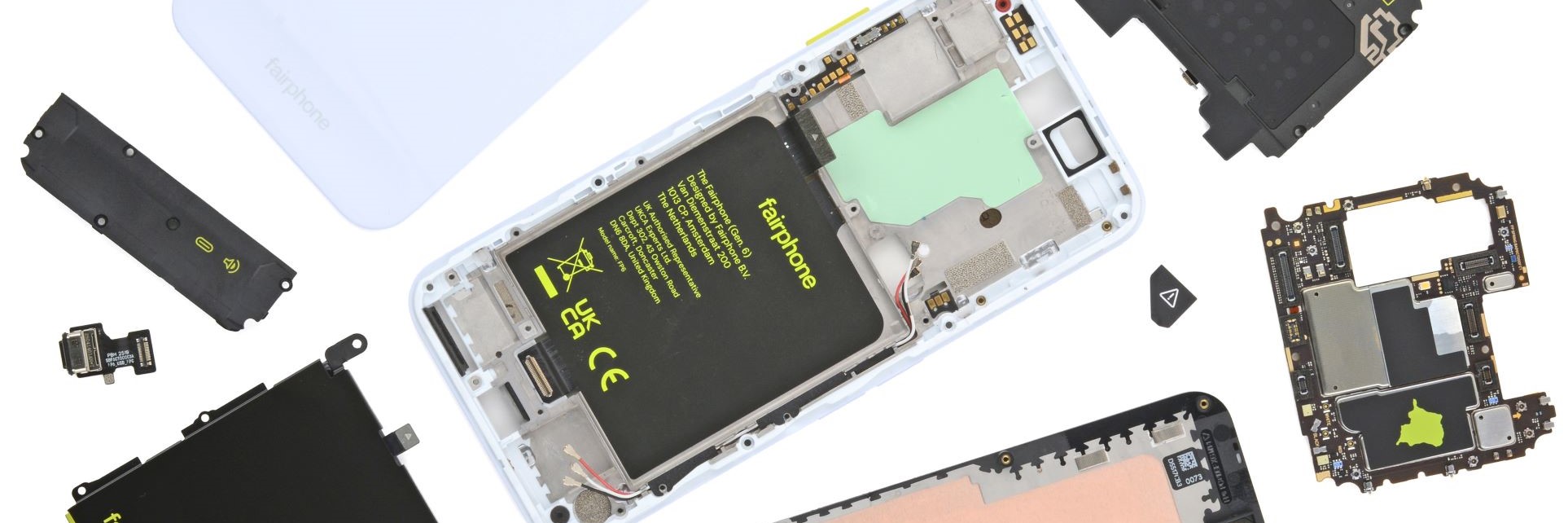





crwdns2947414:01crwdne2947414:0
Babul Kumar
Babul kumar - crwdns2934203:0crwdne2934203:0